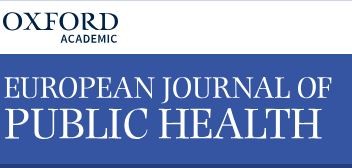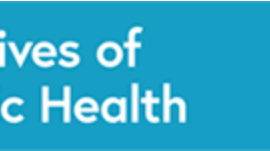
S Van Den Broucke, K Rondia, J Adriaenssens, L Kohn
European Journal of Public Health, Volume 30, Issue Supplement_5, September 2020, ckaa165.1400, https://doi.org/10.1093/eurpub/ckaa165.1400
Published: 30 September 2020
Abstract
BACKGROUND
In Belgium, the past decade has seen a large number of initiatives by various stakeholders to address health literacy (HL) at different levels, but an encompassing policy plan to coordinate efforts across sectors is missing. The Belgian Federal Public Service of Health, Food Chain Safety and Environment commissioned a study to investigate HL policy plans of other countries, with the intention to make recommendations for the development of a Belgian National Health Literacy Plan (NHLP).
METHODS
To identify elements and criteria for a NHLP, a transversal analysis was performed of HL policies in Australia, Austria, Ireland, The Netherlands, Portugal, and Scotland, following a preliminary scoping review regarding the availability of relevant information. Information about HL policies was analysed using a combination of document analysis and key informant approach, structured by means of an analytical grid specifying methods, resources, goals, actors, beneficiaries, actions, timing, opportunities, threats, evaluation, monitoring and impact.
RESULTS
Policy approaches and action plans on HL vary widely in scope, focus and depth. Three pathways to developing a national HL plan were identified: (1) a conceptual approach whereby targets are formulated at the national or federal level, showing the country’s determination to improve HL throughout its political system, but with a weak leverage for action (A, AUS, P); (2) a pragmatic approach targeting the healthcare sector first but progressively broadening the scope towards other sectors (SCOT); (3) a delegated approach whereby the authorities delegate the initiatives regarding HL to an active and dynamic civil society (NL, IRL).
CONCLUSIONS
There is no single best way to coordinate efforts to address HL across sectors. Policy makers should consider the strengths and weaknesses within their country to develop a substantiated HL approach that best fits the country’s situation.
Read the full article in the European Journal of Public Health.



